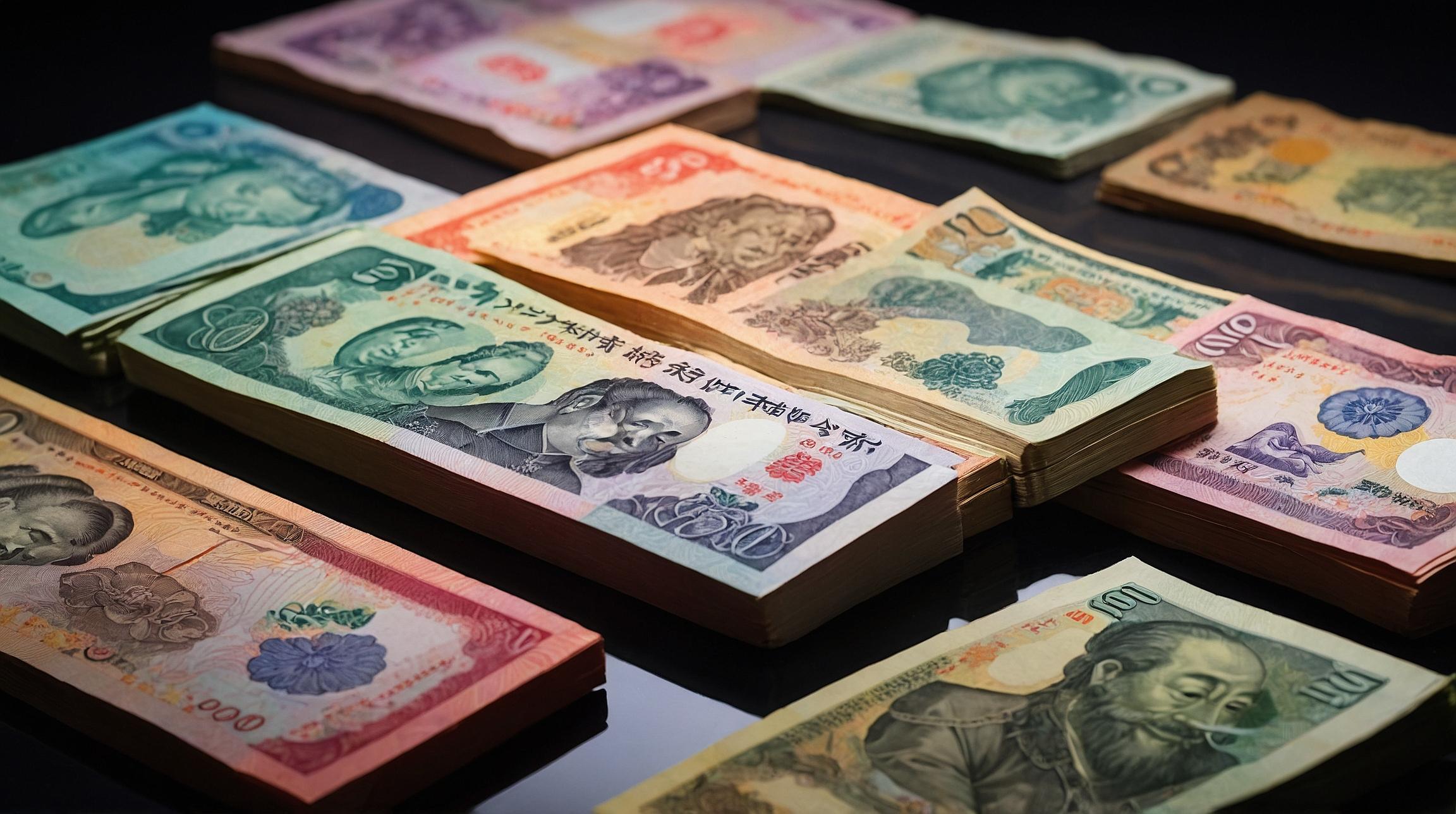Asian Currencies Strengthen on Positive Economic Signals
Most Asian currencies saw an upswing on Friday, buoyed by encouraging economic data from both the U.S. and China. These developments have alleviated some recession fears. However, the increased risk appetite has resulted in renewed pressure on the Japanese yen.
The U.S. dollar received a boost from better-than-expected labor market figures. Although this strength in the greenback was slightly tempered by ongoing expectations for interest rate cuts, the positive sentiment also sparked a rally in regional stock markets.
Chinese Yuan Firms Amid Inflation Uptick
The Chinese yuan appreciated after the People’s Bank of China set a stronger-than-expected midpoint fix. Additionally, data revealed that Chinese inflation grew more robustly than anticipated in July. This suggests that recent interest rate cuts are stimulating consumer spending and price levels, despite a general disinflationary trend persisting.
While the yuan gained some footing, traders remain cautious about whether these signs indicate a lasting trend. Lower interest rates might support consumer spending but often weaken the currency in the long term.
Japanese Yen Faces Renewed Pressure
The Japanese yen remained steady, recovering from significant losses earlier in the week. This decline was influenced by less aggressive monetary policy signals from the Bank of Japan (BOJ) and diminished demand for the yen as a safe haven currency. BOJ officials indicated they would refrain from hiking interest rates during periods of market volatility, which cooled a previously hawkish stance.
Despite its recent weakening, the yen has achieved substantial gains against the dollar lately, partly due to the unwinding of the global carry trade.
Dollar Holds Steady as CPI Data Anticipated
Positive economic data is driving speculation that the U.S. labor market is not slowing as sharply as previously thought. Even so, market participants continue to expect an interest rate cut in September, albeit less drastic than a 50 basis point reduction.
Broader Gains for Asian Currencies
Most Asian currencies advanced as market sentiment improved. The South Korean won fell 0.7%, while the Singapore dollar dipped 0.2% amid holiday trading. The Australian dollar gained 0.1%, supported by hawkish signals from its central bank. Meanwhile, the Indian rupee barely retreated from record highs, following a hawkish tone from the Reserve Bank of India, which slightly downgraded its growth forecast for the current quarter.
These movements underscore the delicate balance of economic indicators influencing currency markets and the varying impacts of central bank policies across Asia.













